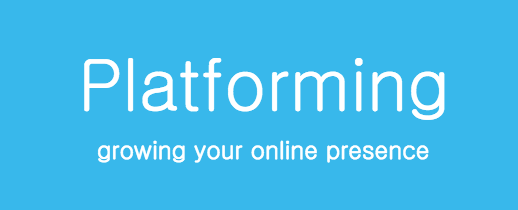
5 Questions Writers Should Ask Before Joining a New Social Media Network
by Susan Stilwell @susanrstilwell Social media is a part of life and savvy writers stay on top of the…
January 2, 2017
by Susan Stilwell @susanrstilwell Social media is a part of life and savvy writers stay on top of the…
January 2, 2017
When building a writer platform, few of us consider hiring a virtual assistant, or VA. Most of us are…
September 3, 2016
Good content is critical for a writer but how that content is presented is also important. In Brand Basics…
April 1, 2016
Social media is an important part of building a writer’s platform. With existing networks changing and new networks launching,…
March 9, 2016
Occasionally a business development tool comes along that works well for writers. SWOT Analysis SWOT—Strengths, Weaknesses, Opportunities and Threats—was popularized…
January 29, 2016
We’re familiar with a brand as it relates to corporations. When we think of Coke, McDonalds, and Nike these…
December 17, 2015
One of the four must-have features of a website is the About page, but it’s overlooked by many writers. It…
November 21, 2015
If you’ve never been a guest at another site, it can be intimidating. You take a risk by asking…
August 19, 2015